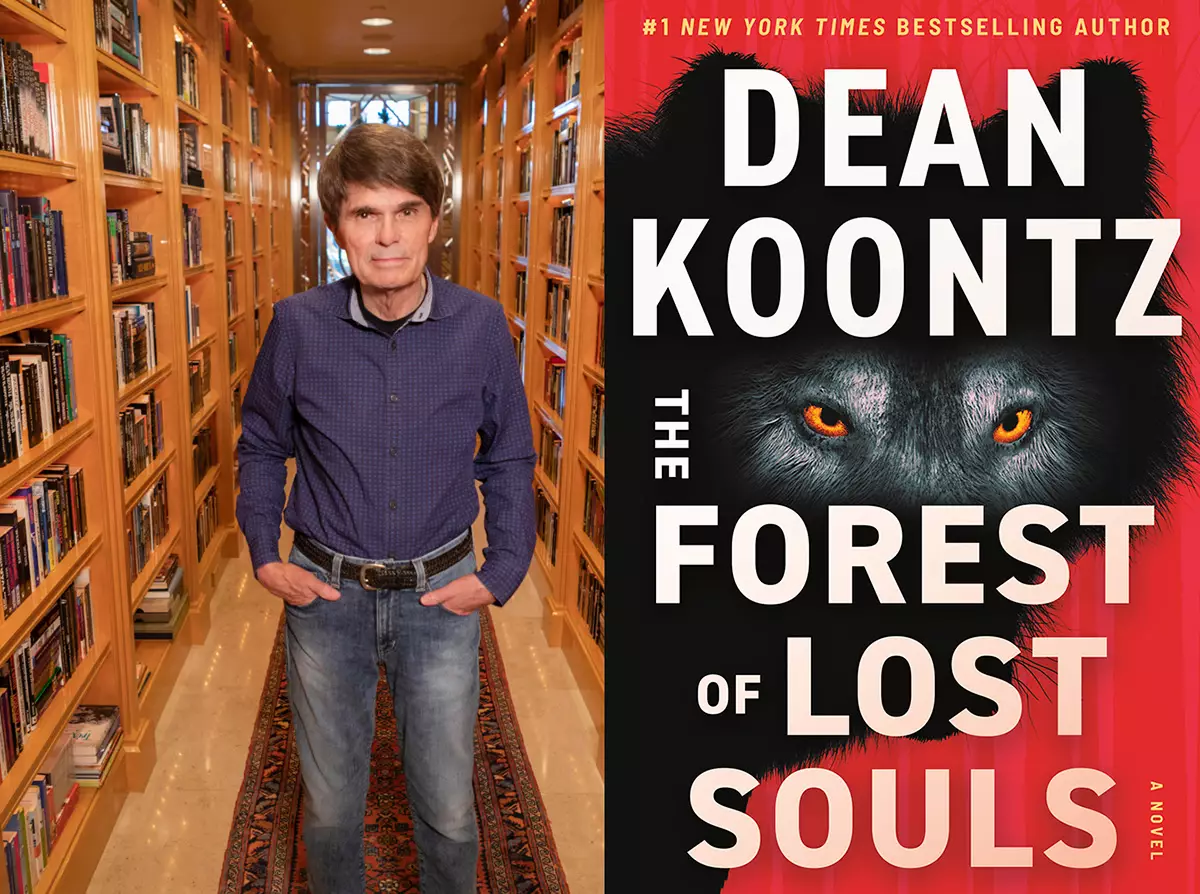In his latest entry into the supernatural thriller genre, Dean Koontz intertwines the elements of nature, mystery, and social commentary to create a captivating narrative that asks the question: how far will one woman go to uncover the truth in a corrupt world? In “The Forest Of Lost Souls,” Koontz introduces Vida, a protagonist raised in the wilds by her great-uncle. This article seeks to delve deeper into the themes, narrative structure, and character development that make this novel not just a story about supernatural elements, but also a profound commentary on the struggles against corruption and the quest for justice.
Vida is portrayed as a compelling character with an extraordinary bond to nature, especially with the wolves in her forest home. This connection runs deeper than mere companionship; it reflects her childhood experiences, shaped by both love and loss. In a world dominated by urbanity and technology, the wilderness becomes Vida’s sanctuary and weapon. Her affinity for nature is accompanied by a strong desire for peace, which starkly contrasts with the dark undertones of corruption looming in Kettleton County. Koontz’s portrayal of such a character forces readers to reconsider the relationship between humanity and the environment—emphasizing the primal instincts that connect us to the natural world and the inherent conflict that arises when civilization encroaches on these sacred spaces.
The wolves serve not only as her companions but also as metaphors for instinctual survival. As Vida navigates the challenges posed by the corrupt forces in her community, she embodies the ferocity and loyalty of her wolf friends. The interdependence between Vida and her animal counterparts accentuates the themes of loyalty and the fight against oppression, which are central to the narrative.
Kettleton County emerges as a character in its own right—a place steeped in deceit and manipulation. The tragic death of Jose Nochelobo, the love of Vida’s life, marks a turning point in the story, prompting Vida to question the official narrative. The corruption that permeates Kettleton County is symbolic of larger societal issues, echoing sentiments about power dynamics and the struggle of the individual against malignant forces. Koontz takes care to craft a storyline that is rooted in realism, even as it flirts with fantastical elements, allowing readers to remain tethered to the plot’s emotional core.
The men who seek to silence Vida symbolize the corrupt establishment eager to protect its interests at the expense of justice. Their underhanded tactics serve to heighten the stakes of the narrative, positioning Vida in a classic battle of good versus evil. Through this struggle, Koontz not only constructs a thrilling tale but also prompts readers to reflect critically on the nature of power and the resolve of those willing to challenge it.
In a recent discussion, Koontz revealed the inspiration behind his work, linking an Art Deco sculpture depicting the Roman goddess Diana with a quote from Eric Hoffer, suggesting that mass movements often devolve into corrupt structures. This philosophical backbone adds a layer of complexity to “The Forest Of Lost Souls.” As Koontz weaves the narrative, he invites readers to engage with these themes, questioning the societal structures that govern our lives.
Koontz’s exploration of ideologies and their impact on humanity further enriches the storytelling. He contrasts nihilism and common sense, presenting a narrative of resilience and hope. Through Vida, the authorship champions the idea that life holds intrinsic value and that despite the overwhelming odds, individual courage can lead to change. This thematic heartbeat is what separates Koontz’s work from others in the genre, offering both entertainment and introspection.
As readers engage with “The Forest Of Lost Souls,” the narrative’s blend of realism and fantasy suggests a hopeful message—the belief that goodness can triumph over evil. Koontz’s intentions go beyond crafting a gripping storyline; he aims to spark conversations about human values, the environment, and societal flaws that demand attention.
As he looks forward to new projects, including a return to historical settings in a novel about the 1930s, it’s clear that Koontz continues to evolve as an author. His works are more than just stories; they serve as reflections of our collective struggles against the backdrop of nature and morality. Ultimately, “The Forest Of Lost Souls” honors the spirit of those who fight for truth while inviting readers into a world where the boundaries of reality are ever fluid, and courage reigns supreme.


Leave a Reply